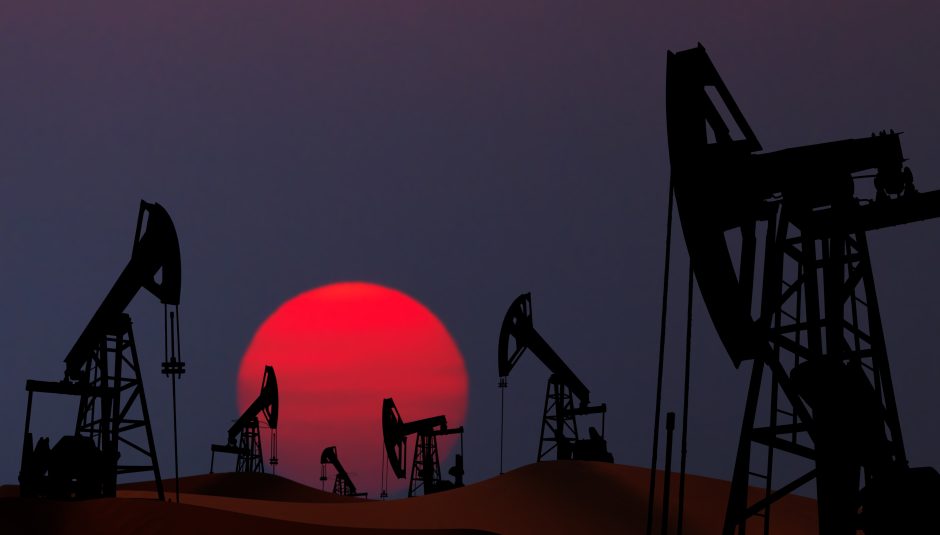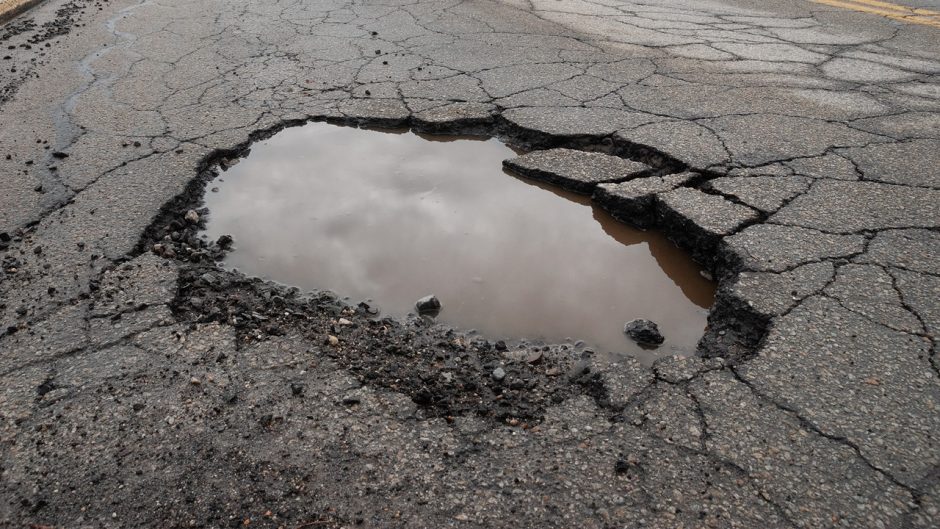

May 3, 2023
Contact: Eric Stann, 573-882-3346, StannE@missouri.edu
A recent decision by OPEC+ to cut oil production by one million barrels a day might put a pinch on consumer’s wallets, but the move is not unprecedented, said Victor McFarland, an associate professor in the Department of History at the University of Missouri. His research examines the intersection of the energy sector and the environment, as well as U.S. geopolitical relations with the Middle East.
Below, McFarland provides a historical perspective of the recent decision by OPEC+.
Is OPEC+’s recent decision to cut oil production unprecedented? Have we seen this happen at other times in history?
Some observers were surprised by the most recent round of OPEC+ cuts at the beginning of April because OPEC+ had already cut production earlier in the year and wasn’t expected to make additional cuts so soon. I wouldn’t call that decision unprecedented, though. OPEC and OPEC+ have cut oil production many times in their history. The usual reason is to reverse a decline in oil prices. That was the case this time, too, as prices were falling because of fears that the world economy was entering a slump. Organization leaders thought that prices had fallen too far and cut production to stop that slide. Prices have stabilized since then. This latest round of production cuts isn’t as severe as the oil shocks of 1973-74, 1979-80, or 2007-08, when major supply shortages led to huge increases in oil prices.
When was OPEC+ formed and why was it created?
The Organization of the Petroleum Exporting Countries (OPEC) was formed in 1960. Its founding members were Saudi Arabia, Venezuela, Iran, Iraq and Kuwait. Although these countries were already important oil producers, they didn’t have much control over their own natural resources. The oil wells were operated by mostly United States and British companies. The companies decided what prices to charge and kept much of the profits for themselves. OPEC was designed to help the oil-producing countries form a unified negotiating group against the companies. Although few Americans noticed at first, OPEC’s profile rose dramatically when oil prices increased during the energy crises of the 1970s. Since then, OPEC’s fortunes have fluctuated as oil prices have risen and fallen.
OPEC expanded to include more countries over the years, but it still left out many important oil exporters. The most significant of those is Russia. Between 2015-2019, when oil prices were low due to the fracking boom in the U.S., OPEC and Russia decided to cooperate more closely. Russia and other oil exporters formed an alliance with OPEC called “OPEC+”. It has the same basic aim as the original OPEC — jointly managing oil production to keep prices in the range that its member states prefer.
Why have there been shifts in oil production throughout history? Is there one major contributing factor or multiple factors?
There are many reasons why oil production and prices go up and down. On the supply side, prices go down when there are large new oil discoveries, at least after the necessary infrastructure is developed — such as wells and pipelines — which can take years. When big oil producers, like OPEC+, decide to boost production, that also puts downward pressure on prices. Prices go up when OPEC+ cuts production or when natural disasters and political events like wars, embargoes or sanctions take oil supplies offline.
On the demand side, prices go up when the world economy is growing. Prices go down during recessions or when other factors cause people to use less energy. For example, prices plunged during the COVID-19 pandemic because people stayed at home and stopped driving to work and traveling by plane.
The rise of electric vehicles and other new technologies is also expected to cut oil demand and put downward pressure on prices. Countries around the world are trying to use less oil and other fossil fuels so they can reduce their carbon emissions.
When and how did the modern oil industry begin?
The existence of oil deposits has been known for thousands of years. In some places — the La Brea Tar Pits in Los Angeles is a famous example — crude oil is so close to the surface that it bubbles up naturally or can be dug by hand. Humans gathered small amounts of oil from those places starting in ancient times. Oil production as a major industry, though, is a more recent phenomenon. The first modern oil well was the “Drake Well” drilled in western Pennsylvania in 1859. It’s now a museum and historical site that’s open to visitors.
Until the late 20th century, the U.S. was the center of the world oil industry. The rise of oil production in Russia and the Persian Gulf changed the balance of power in the global oil market, but the U.S. never stopped being an important actor. Today, the U.S. produces more oil than any other country in the world. Most American oil is used at home instead of being shipped overseas. As a result, Saudi Arabia and Russia are the world’s biggest exporters even though they don’t produce as much oil overall.
Victor McFarland is an associate professor in the Department of History at the University of Missouri. For more on his past research, please visit his faculty page. For any media or interview requests please see the contact at the top of the page.
Editor's note
For more on the story, please see: Expert: What the surprise oil cuts by OPEC+ mean for Americans




